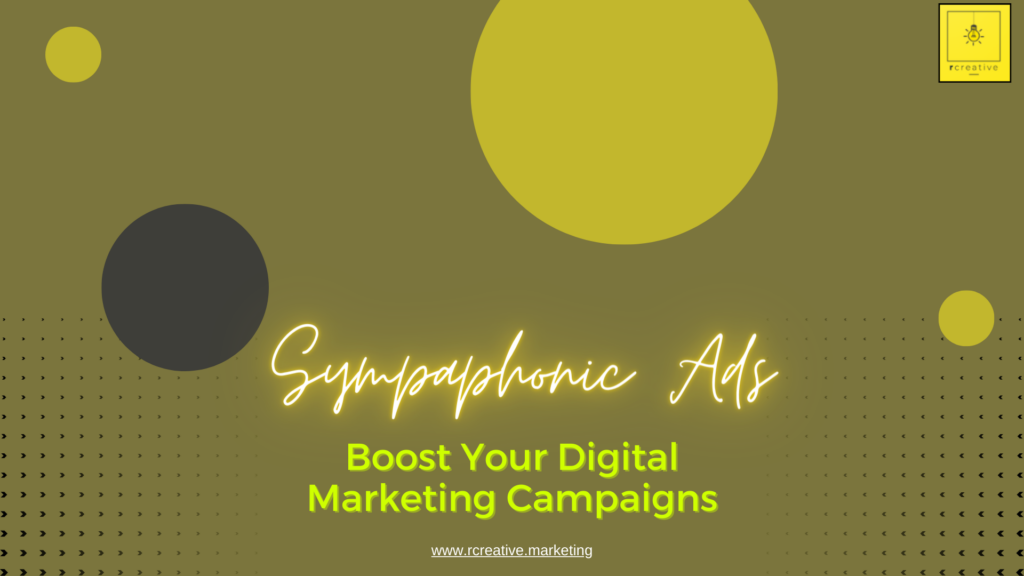Does your website have what it takes to hook visitors in and get them to stick around for a while?
Maybe you’ve considered this concept at length and are doing everything you can to make your website a virtual lounge where people like to come and just hang out. Or perhaps you haven’t really given it much thought.
Regardless of which camp you fall into, it’s important as a site owner to understand why your customers come to your website and how to get them to stick around.
Often, people come to a website and stick around only long enough to realize they just don’t want to be there. And of course, for web pros like us, there’s a nice fancy phrase to explain those visits: bounce rate.
Your bounce rate is calculated by measuring the number of visitors that click onto your page – through whatever means you may attract them: web searches, social media links, backlinks on other sites, opened emails, etc. – and almost immediately click to exit.
A high bounce rate, meaning that you have a bunch of visitors that only stick around to see next to nothing, is not good for your website health. Think about it: the customers that you’re going to convert into sales are the ones who stick around to see what you have to say/what products you have to offer.
When people are sticking around for less time than the average yawn, they’re not seeing the content that you’ve developed to draw them in. And worse, they’re certainly not sticking around long enough to make a purchasing decision.
We all want a lower bounce rate. Part of accomplishing this is to make your website a friendly place that visitors simply want to stick around.
To do that, you need to understand some of the most common reasons that visitors leave a website faster than a relationship where someone says “I love you” awkwardly too early. Here are some of the most common reasons websites suffer from a high bounce rate.
1. Your Website Is Slow
We live in the 21st century. People don’t even like to wait for a hamburger to properly cook, much less a website to load. One of the top reasons for website bounces is a poorly or slowly loading website.
There are many reasons why your site might be too slow. Maybe you’ve got a lot of graphics or a custom theme that takes a while to load. Maybe your visitors have a slow web connection or aren’t connected to wifi on their mobile site (did you know that a significant portion of your visitors are coming from a mobile device?).
Whatever the reason, your site is taking too long to load and no one’s interested in waiting for more than a second or two for your information to display. And let’s face it, websites are a dime a dozen. If a visitor can’t find what they’re looking for on your site, a quick web search will likely give them plenty more options on other sites.
2. You Have Autoplaying Videos
Autoplaying videos are really, really annoying. Unless your landing page ends with something like /demo or /video, your visitors likely aren’t expecting a video to bombard them when they click onto your site.
If you have a complicated product that requires a lengthy explanation or an impassioned appeal to deliver to potential donors who are checking out your nonprofit, have an optional video that visitors can play if they choose to. Or direct them to a completely separate page with the video if you’re looking to save some loading time on your initial landing page.
3. Your Design Sucks
As a copywriter, I visit dozens of websites a day. I can spot poor design from miles away, and you know what? It sends me running.
It’s 2017. There is no reason that your website should have a garish black background and neon text on it. You shouldn’t have a tiled graphic as your background. You shouldn’t have out of date graphics, poorly loading graphics, or anything Flash anywhere.
Drag and drop websites are notorious for poor design because they’re pretty limited to a fairly uniform template that may or may not optimize a site for proper rendering on differently sized browser windows or mobile browsers. They’re also pretty ubiquitous. Sometimes a good design that you see too often is just as bad as a poor design. You want to strike a balance between unique and uniform to draw your visitors in and get them to stick around.
There are obviously a lot of website design dos and don’ts to mind, and we certainly don’t have time to get into it all here. If you’re wondering whether your website design is poor, ask some friends or colleagues who you can trust to give an honest opinion. Send them to your site on a desktop browser AND a mobile browser and have them give you feedback on what they see.
If you need help cleaning up a web design that’s left over from a year starting with 19- or have no idea how to get rid of your Flash-reliant design, contact us for a free web evaluation and some pointers for improving your design and WordPress theming.
4. You Have Popups
I won’t say definitively that popups have no place in the modern day webscape, but their function is significantly less than what is once was. If you employ popups, put them under the microscope to determine whether they’re responsible for driving your bounce rate.
There are times and places where popups are appropriate. For example, a subscription popup that promises value added content for those who fill out your form and that comes up after a visitor has been on a page for ten seconds is generally okay (just stay away from annoying colors or pressure language). Ads for other sites or “YOU’RE THE LUCKY 10,000TH VISITOR AND WIN A PRIZE” popups are never okay.
General rule: If a similar popup on another website would send you packing, don’t include it on yours.
5. Your Navigation Isn’t Logical
People have a general idea of how to navigate websites. Whether they’re looking to customize the personalized orthotic shoes your company offers or want to access your insider secrets to trading diamonds on the black market, your visitors should be able to pretty easily accomplish the tasks they’ve come to your website to complete.
Don’t insult your visitors by having an unnecessarily complicated website layout or web-like ordering process. While there is something to be said about unique design, some functions, like subscribing to your email list or ordering a straightforward product should be just about the same as it is on any other website anywhere.
6. Your Mobile Optimization Sucks (Or Doesn’t Exist)
As I mentioned above, a large portion, if not a majority of, your website visits are generated by people using mobile devices. People should be able to not only load your site on their iPhone, but subscribe to your monthly pet grooming supply box or download an ebook from their phones as easily as they can from a desktop browser.
Unfortunately, many companies have neglected their mobile users and are missing out on a huge piece of their potential audience even seeing or interacting with their content. If your site isn’t mobile optimized, mobile visitors will bounce faster than a five-year-old with a sugar high at a trampoline park.
7. You Have Too Many Ads
Perhaps you’re not violating the popup rule, but if you’ve got too many ads, you’re still going to send people running. Building income through ads is becoming an increasingly outdated way to generate revenue from your site.
If you must have ads, ensure that they fall into these criteria:
- They’re relevant to your business and/or services
- There aren’t too many (stick to one or two brands per page)
- They aren’t annoying or scammy
If your ads don’t fall into these criteria, ditch them. The number of potential customers who are fleeing after exposure to your obnoxious ads are likely siphoning more business away from your site than your ad campaigns are generating for your sponsors, and you by proxy.
8. Your Social Media Posts And Landing Pages Are Incongruent
Have you ever been on Pinterest and found a picture of a delicious looking food or amazing interior design hack, clicked on the picture, and gone to a webpage that has NOTHING to do with the picture you clicked on? That happened to me today: I found a picture of a mouth watering Greek pizza, clicked the link, and ended up on a webpage in Japanese that, when translated, was about some dental health product. There weren’t even pictures on the page, let alone one of a Greek pizza.
Don’t be that guy. If you post something on social media, make sure it’s relevant to the content you’re linking. If you’re trying to snooker people into your site by posting appealing pictures or write ups and don’t deliver when they click through to your site, don’t be surprised by your super high bounce rate.
There are times and places where leading headlines and unanswered questions pique enough interest to make it worth your – and your visitors’ – while. But don’t go crazy with the click baity headlines and obnoxious “she couldn’t believe her eyes at this transformation from using x product from our company” nonsense to push social media users through to your website.
So… How’s Your Bounce Rate?
If you think your bounce rate might be related to one of these reasons – or any other – contact us for a free website evaluation that can help you get to the bottom of your bounce rate issues and resolve them once and for all. A high bounce rate is detrimental to your business’s success, and we have the knowhow to help you overcome the common obstacles to getting the conversions you need.



